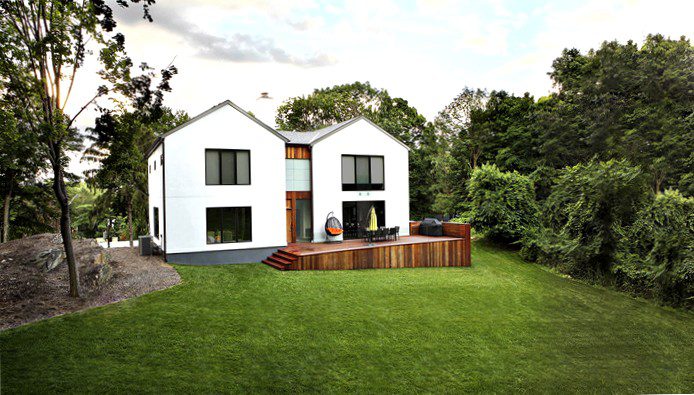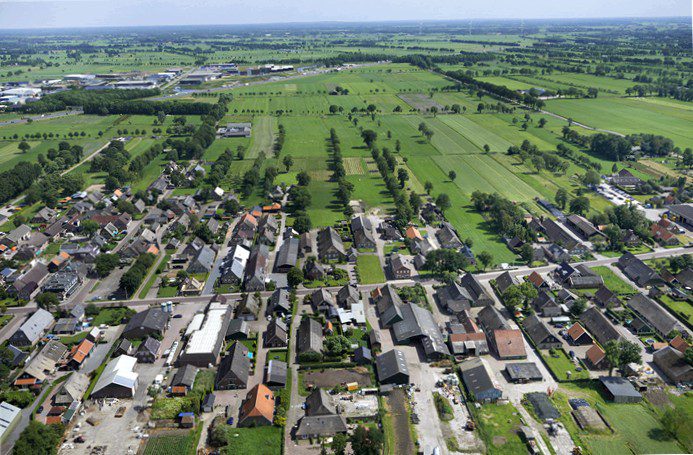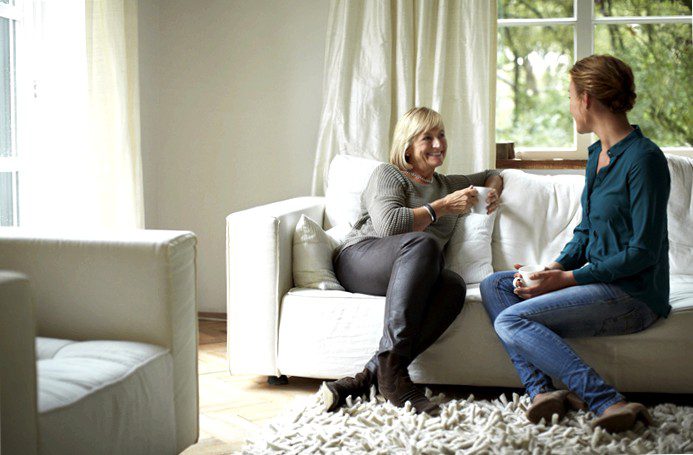
We are all getting older, but the government is taking a step back. Aging increasingly goes hand in hand with a participation society, in which children organize the care for their parents themselves. In Scandinavia, they have long solved this with a kangaroo house. Several generations move in together and provide mutual care. This creative concept is also gaining popularity in the Netherlands. But what exactly does it mean and what should you think about?
In some cultures, it is common for parents to live alongside their adult children in one yard or under one roof. It used to be the same in the Netherlands. Especially in agricultural communities around the mid-twentieth century, several generations lived together. Due to increased life expectancy, this happened more often than, say, a hundred years earlier. These so-called tribal households largely died out in the Netherlands. Now they're making another appearance. In our country, too, you hear more often about living arrangements where more than two generations either live together in one building or close together on the same lot. These so-called'kangaroo homes' are a new housing trend.
Living together and care
The government is withdrawing in recent years. The welfare state is being reduced and is increasingly turning into a participation society. On top of that, there is often a waiting list for nursing homes or retirement housing. The government therefore encourages people to choose an assisted living or kangaroo home. The demand for care largely determines which type of home suits a family.
An assisted living facility is an adapted home that can be placed in the garden, for example. This is how people with an extension, converted garage or garden house continue to live in their familiar surroundings. Since November 1, 2014, no permit is required for installation, but the minimum rules of the Building Code apply.
A kangaroo home is a property with two independent living spaces. These rooms are connected inside via a (lockable) door. Several Dutch municipalities have had kangaroo homes built, but it is also possible to split or extend an existing property. The main reason for housing several households so close together is to help each other. This may involve caring for grandparents, but it is also conceivable that grandparents will alternatively take care of their children's garden or look after grandchildren during office hours. Helping each other works both ways. In addition, grandparents can live independently for longer and are less likely to become lonely.

Informal care avant la lettre? Staphorst is known for its ribbon development. Children built their own house behind their parental farm. After 1970 this was rarely done due to lack of space.
One or more homes?
Consider carefully how a kangaroo home should appear on paper. The easiest way is to register them cadastrically as one house on one piece of land. This can be recorded with the notary, even if more than one person is the owner. A split home is possible, but that is much more complicated. In the design, indoor dwellings must then be clearly separated from each other by vertical and/or horizontal splits. Discuss the options with the notary in advance. Minor issues, such as separate electricity, water meters and separate mailboxes, can be arranged between residents.
Risks and rules
Living with the family can be very pleasant, but it requires considering the risks and rules. Thus, in the first place, you are contractually bound to each other when you buy or rent a kangaroo home. This is not necessarily pleasant. If the residents of one unit die, the residents of the other unit may have to move out. In addition, it is not possible to move without forcing the other party to move as well. If you have extended your own home, you can convert the two separate living areas back into a single home. Of course, keeping this larger home requires sufficient financial capacity.
Furthermore, individuals are tax partners for the Tax Office when they share the same house number, even if they are running different households. The Inland Revenue imposes this: since 2013 there is no longer a choice for tax partnership. It makes little difference if you have a registered partnership. But if you are a single (grand)parent living at the same address as a single adult child, the consequences are great.
By adding up the incomes, you or your child will receive less or even no rent allowance or child budget. The amounts involved can run into the thousands of euros per year. Other agencies also sometimes add up the incomes of different people in this form of living. Not being able to prove via an agreement that you run two different households will then lead to social benefits possibly being denied.
Good agreements
Old ways of living may sound attractive and cozy, but they may not fit in with 21st century living. People today are much more concerned about their privacy. This can rub shoulders with the open-plan living form of a kangaroo or informal care home. It is therefore important to make good arrangements, even if they are family members. Be honest about your desires for privacy or how much you want to do activities together.
Tips& tricks
Because the rules are so complex, it is good to get advice from experts. They know the ins and outs and can prevent you from facing unpleasant and unexpected situations. It is also necessary to have a notary to record these matters. Splitting the home in the future or arranging mortgage payments, for example. It is recommended that each take out their own mortgage.
